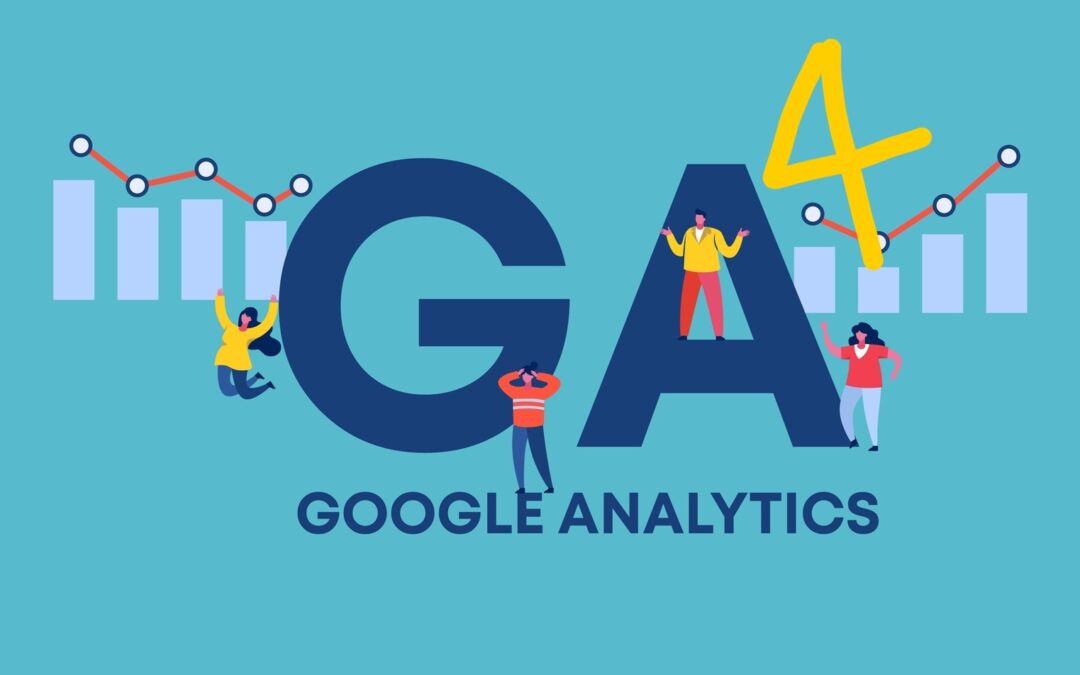What is The Engagement Rate in Google Analytics 4?
Measuring engagement rate in Google Analytics 4 is an essential aspect of understanding app and website performance. As the newest platform for Google Analytics, GA4 is designed around engagement. It helps identify how visitors interact with the content, which can be a valuable resource for marketers, web developers, and designers to optimize user experience.
Why is it important to measure engagement rate in Google Analytics 4?
One of the significant benefits of tracking engagement rate is that it provides insight into the performance of your website or app. This data can be used to make informed decisions about content creation and optimization strategies.
Content KPI
An advantage of measuring engagement rate is that it can help analyze the effectiveness of marketing campaigns. By tracking the engagement rate of visitors who arrive via different campaigns, marketers can assess which campaigns are most effective and optimize future campaigns accordingly.
User Values
Moreover, the engagement rate is an indicator of user satisfaction. Visitors who are engaged with your content find it valuable and are more likely to convert, whether that means signing up for a newsletter or making a purchase. Therefore, monitoring engagement rates can also help improve conversion rates.
Opportunities to Improve
When engagement rates are low, it presents an opportunity to identify areas for improvement in website or app performance. Analyzing engagement metrics can help pinpoint underperforming content or pages that require attention and optimization, ultimately improving overall user experience and engagement.
Higher Conversion
A high engagement rate can result in a higher likelihood of conversions, which may include actions such as sign-ups, sales, or other desired outcomes.
What is a good engagement rate in Google Analytics 4?
It’s important to note that engagement rates can vary significantly across different industries and target audiences. What might be considered a good engagement rate in one industry may not be the same for another.
One crucial factor to consider when analyzing engagement rates is the industry and target audience of the website or app. Different industries and audiences have varying expectations and behaviors when it comes to engaging with digital content.
For example, SaaS websites typically have an average engagement rate of around 51%, while restaurant websites see an average of 81%. The difference in engagement rates between these two industries may be due to the complexity of the purchasing process or the nature of the products or services offered.
It’s essential to benchmark your website or app against competitors in your industry to assess a reasonable engagement rate for your target audience. By doing so, you can better understand your audience’s expectations and behavior and optimize your content to improve engagement rates.
As digital marketers adapt to the new GA4, measuring engagement rates in Google Analytics 4 provides valuable insights into content performance, marketing campaigns, user satisfaction, and conversion rates. By tracking engagement metrics and optimizing the session timeout, businesses can make informed decisions about content creation and user experience to improve engagement rates and drive business growth.

